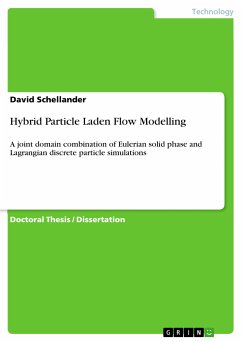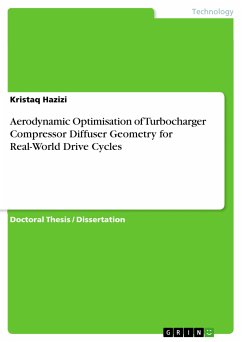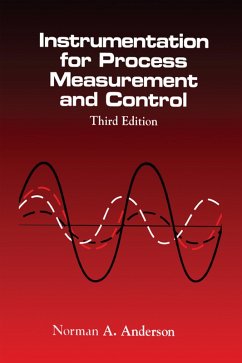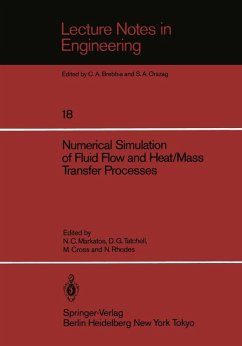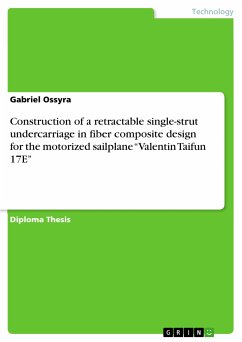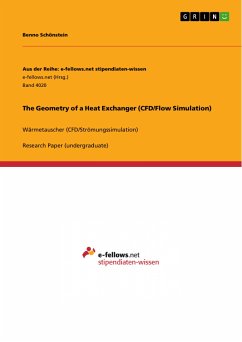
The Geometry of a Heat Exchanger (CFD/Flow Simulation) (eBook, PDF)
Wärmetauscher (CFD/Strömungssimulation)
Sofort per Download lieferbar
Statt: 27,95 €**
18,99 €
inkl. MwSt. und vom Verlag festgesetzt.
**Preis der gedruckten Ausgabe (Broschiertes Buch)
Weitere Ausgaben:

PAYBACK Punkte
0 °P sammeln!
Research Paper (undergraduate) from the year 2021 in the subject Engineering - Mechanical Engineering, grade: 1,7, Munich University of Applied Sciences (Fakultät 03), language: English, abstract: Objective of this project work is the investigation of the geometry of a heat exchanger. The main purpose of a heat exchanger is the exchange of heat between two fluids. Therefore, the final flow and temperature field shall be analyzed. Heat exchangers are widely used in all sorts of engineering purposes. One of the most known examples for the use of a heat exchanger is found in an engine. Engines r...
Research Paper (undergraduate) from the year 2021 in the subject Engineering - Mechanical Engineering, grade: 1,7, Munich University of Applied Sciences (Fakultät 03), language: English, abstract: Objective of this project work is the investigation of the geometry of a heat exchanger. The main purpose of a heat exchanger is the exchange of heat between two fluids. Therefore, the final flow and temperature field shall be analyzed. Heat exchangers are widely used in all sorts of engineering purposes. One of the most known examples for the use of a heat exchanger is found in an engine. Engines run optimal at a certain temperature. This is where the heat exchanger comes into play. Engine coolant is pumped through canals in the engine and transports the built-up heat away. This liquid is warmer now and must be cooled down again. It therefore goes through the heat exchanger, where the relatively cold air from the environment flows past the coils with the liquid and cools the engine coolant. The cycle repeats itself as long as the engine is running. The procedure is as follows. First, the creation of the geometry will be explained. Then the meshes shall be analyzed based on a description of the quality, grid convergence study and the energy balances between the heat fluxes. After an optimal mesh for further investigation has been chosen, different turbulence models are going to be investigated on the basis of turbulence values, pressure loss and heat transfer coefficients, which will be compared to the flow filament theory. Then a final investigation will be done with the turbulence model with the best results. Thereby the most important flow values for inner as well as outer flow, radial temperature distribution and the specific cooling power of the heat exchanger will be discussed.
Dieser Download kann aus rechtlichen Gründen nur mit Rechnungsadresse in A, B, BG, CY, CZ, D, DK, EW, E, FIN, F, GR, HR, H, IRL, I, LT, L, LR, M, NL, PL, P, R, S, SLO, SK ausgeliefert werden.




